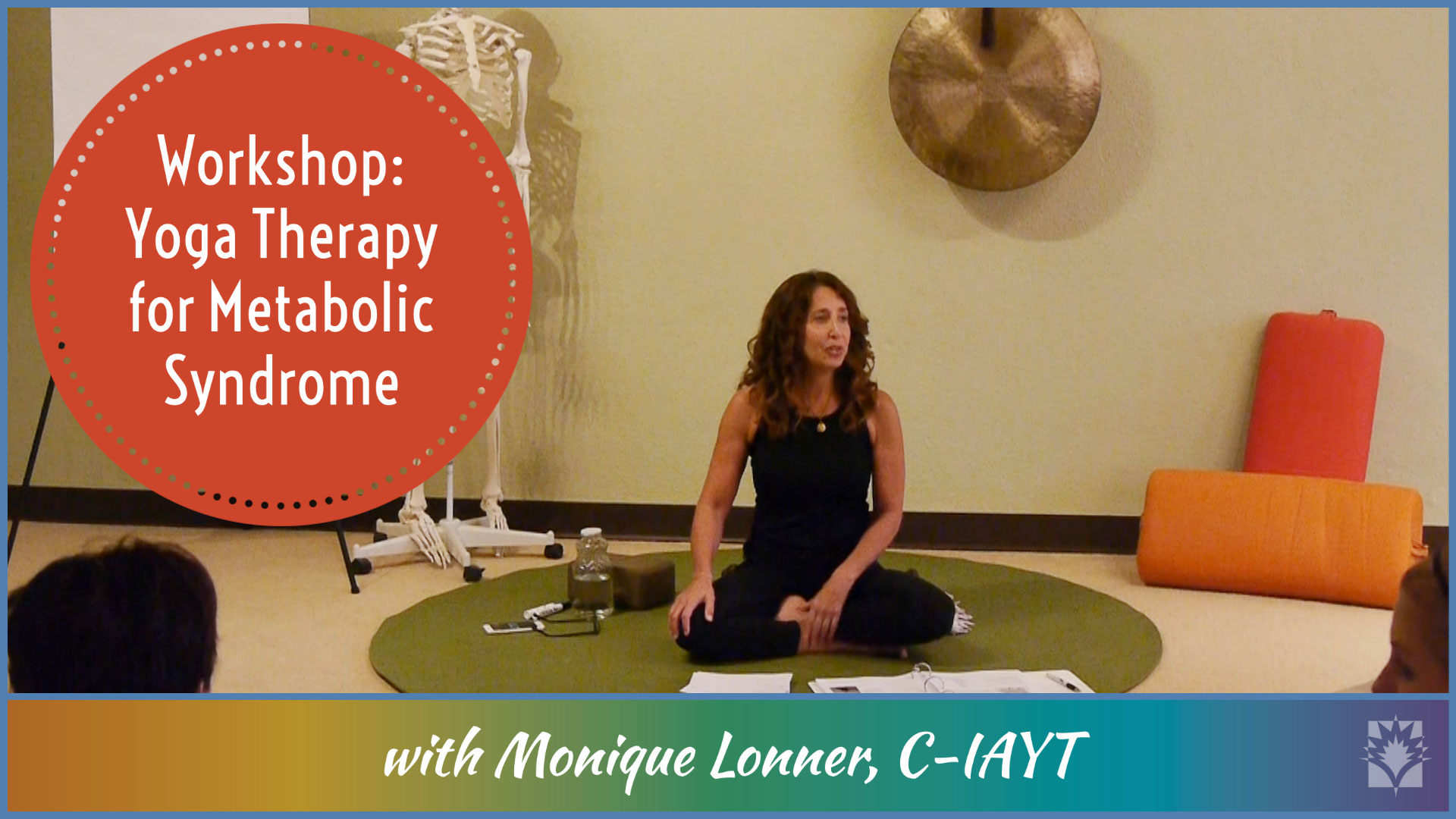
Yoga and Diabetes Self-Management
Research Studies have shown that people diagnosed with either Type 1 or Type 2 Diabetes can benefit from practicing Yoga. Type 1 Diabetes is an autoimmune condition where the body no longer produces insulin. Normally, doctors prescribe insulin injections as a treatment for Type 1 Diabetes. On the other hand, Type 2 Diabetes is often called a lifestyle disease. In this case, the body produces insulin, but the body’s cells become insulin resistant. As a result, the hormone is processed inefficiently.
Type 1 Diabetes is not preventable. However, Type 2 Diabetes is often deemed to be preventable with lifestyle changes. Both conditions can cause stress and exhaustion from trying to manage the disease on a daily basis.
How does Yoga Help?
Gentle and/or Chair Yoga offer both physical and emotional benefits. Physical Yoga movements and asanas (postures) boost our mood and keep our joints healthy. They can also help lower blood pressure. In addition, some studies have shown improved glucose readings in Type 2 Diabetes.
Recommended Practices
- Chair, Gentle and/or Restorative Yoga
- Meditation
- Pranayama (breathing practices)
Slow-paced Yoga practices support our nervous system so we become less reactive in stressful situations. Meditation and breathing practices keep us more centered. Some students report that a regular Yoga practice encourages them to make more mindful dietary and lifestyle choices on a daily basis. Consequently, this creates a better sense of overall well-being.
Vigorous Yoga vs. Gentle Yoga – What is better for Diabetes and Hypertension?
with Monique Lonner, Certified Yoga Therapist
Perhaps you have always heard that you need to sweat in order to lose weight… But, guess what? Most of the time, stress reduction techniques and Gentle and Chair Yoga classes will actually take off the pounds faster. Stress and Cortisol go hand and hand, and can increase weight gain, or make weight hard to take off. Monique Lonner, Director of the prestigious Soul of Yoga Therapy Program explains why choosing the right kind of Yoga practice will give you the best results to manage your Diabetes.
This is an excerpt from Monique’s Full Video Workshop entitled “Yoga Therapy for Metabolic Syndrome” available on YogaVista.TV.

Note: The videos in this collection are included in various YogaVista.TV subscription plans.
Wellness Practices for Diabetes Self-Management
We have made it easy for you to begin a Yoga program focused on helping you cope with stress and other conditions usually present with Diabetes. We have created these Wellness Practices for Diabetes Self-Management that offer targeted videos to educate and empower you to take control of your own health. As a result, they will help you feel more energized!
Safety Guidelines and Precautions
- If you have complications from Diabetes, please seek guidance from your medical practitioner. In most cases, Gentle Yoga with appropriate modifications is considered safe once your doctor has offered guidance.
- Stop the movement if you feel light-headed.
- If you have Neuropathy in the feet or hands, movement is encouraged… but proceed with care! If you feel any pain, it may help to stop and massage the area before attempting further movement.
- Avoid inversions if you are prone to high blood pressure or suffer from glaucoma or retinopathy. Also, be mindful of any movement that may place your head below your heart.
- Enjoy a deep breathing practice. Furthermore, avoid any forced breathing practice that may cause over-exertion.
- If your blood sugar fluctuates, check your glucose level prior to any movement or meditation practice. Always ensure you are in the healthy range before commencing.
- If you are prone to blood sugar lows (i.e., hypoglycemia — defined as less than 70mg/dl), feel a rapid heartbeat, become weak or fatigued, start shaking, or feel unsteady or dizzy, have fruit juice on hand or whatever treatment options your doctor recommends to restore blood sugar levels to an optimal range. Pause and recheck your blood glucose reading after about 15 minutes. If it’s above 100 mg/dl, it’s probably safe to resume the practice.

Before starting these Wellness Practices:
Ensure you have a release from your healthcare practitioner to do exercise. Also ask your practitioner if you have any movement restrictions as a result of your Blood Pressure or any other Diabetes related condition. Above all, be mindful of any movement that creates a sharp, knife-like pain or tingling sensation.
Related Wellness Practices
The Collection of Videos in the Wellness Practices for Mental and Emotional Well-Being offers many tools for stress-management. The practices should help improve the symptoms of Diabetes. Find what works best for you!
Related Online Workshop
Online Workshop: Yoga Therapy for Metabolic Syndrome with Monique Lonner, C-IAYT
This Lecture and Yoga Practice series is a deep dive into what is happening in the body as it ages and progresses into a diseased state from a Western Medicine viewpoint. Monique address both Diabetes and Hypertension, and their precursors, from an easy to understand viewpoint for teachers and lay people alike.
CREDITS: Author, Denyse LeFever, Certified Yoga Therapist
Editor, Sherry Zak Morris, Certified Yoga Therapist
Editor, Maria Perez, Certified Yoga & Group Fitness Instructor


